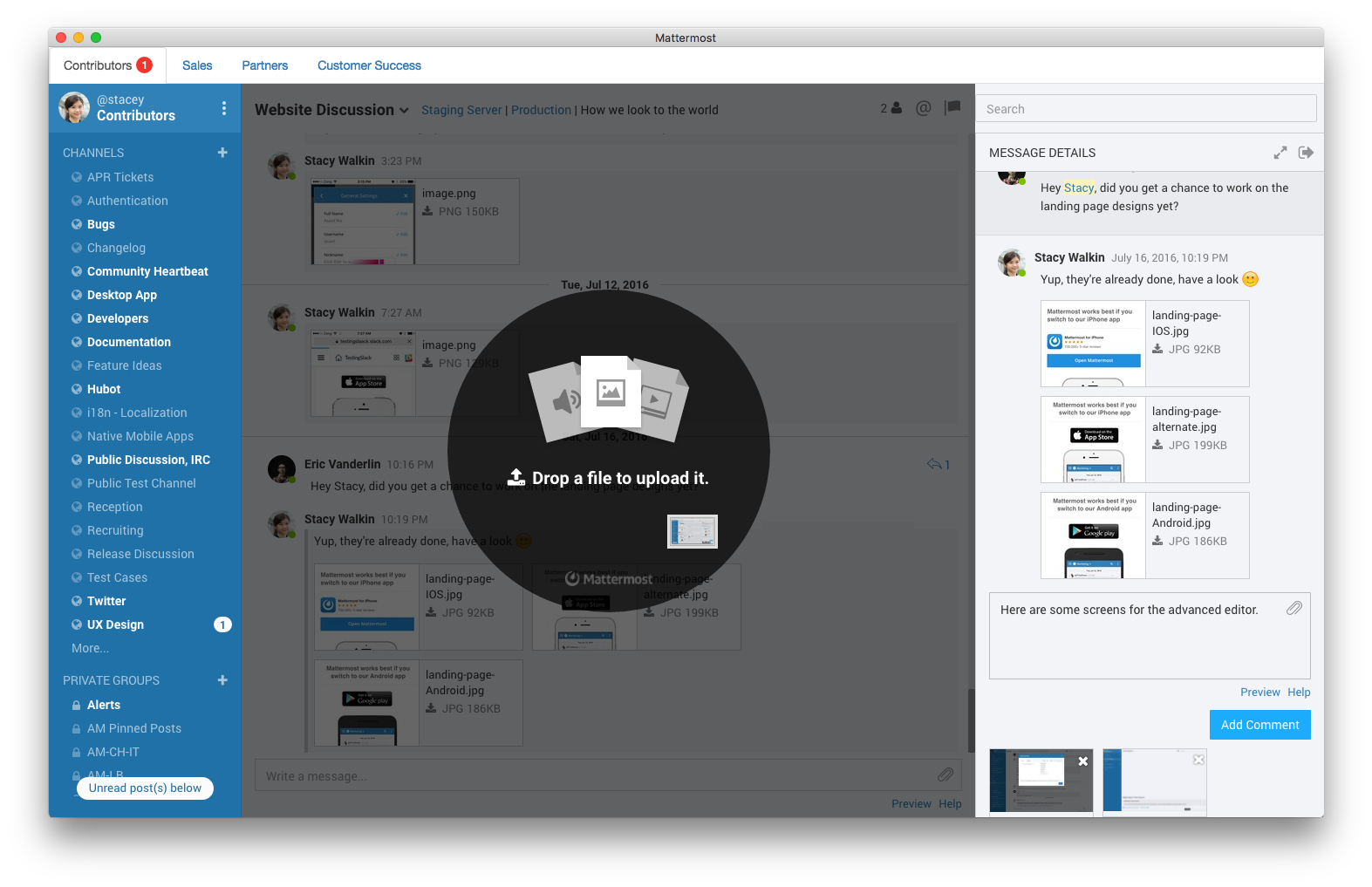
RAND's publications do not necessarily reflect the opinions of its research clients and sponsors. For information on reprint and reuse permissions, please visit The RAND Corporation is a nonprofit institution that helps improve policy and decisionmaking through research and analysis. Permission is required from RAND to reproduce, or reuse in another form, any of its research documents for commercial purposes. Unauthorized posting of this publication online is prohibited linking directly to this product page is encouraged. This representation of RAND intellectual property is provided for noncommercial use only. This document and trademark(s) contained herein are protected by law. All RAND reports undergo rigorous peer review to ensure that they meet high standards for research quality and objectivity. Primary competitors include Wrike, Asana, Slack and 29 more. Mattermost is a workplace collaboration platform that allows employees to communicate with their team members, share documents and conduct meetings. RAND technical reports may include research findings on a specific topic that is limited in scope or intended for a narrow audience present discussions of the methodology employed in research provide literature reviews, survey instruments, modeling exercises, guidelines for practitioners and research professionals, and supporting documentation or deliver preliminary findings. Mattermost’s Profile, Revenue and Employees. This report is part of the RAND Corporation Technical report series. MacArthur Foundation and conducted by RAND Labor and Population. The research in this report was sponsored by the John D.

These findings suggest directions for future methodological work to advance the use of BCA in evaluating the economic returns from social programs.
MATTERMOST VALUATION FULL
The study finds that many of the important benefits that accrue from social programs are rarely, if ever, monetized shadow prices for outcomes valued in BCAs do not consistently capture the full range of societal benefits or costs even where there is a well-established literature for valuing outcomes, the use of shadow prices is not consistent across studies of social programs and program benefits that extend into the future may be monetized, but uncertainty associated with future costs and benefits needs to be recognized.

The study also reviews the 22 social programs with an associated BCA and the shadow prices used to value benefits. It reviews 39 effective social programs whose effects have been evaluated using scientifically rigorous methods and documents outcomes affected by the programs. This study assesses the state of the art of the measurement and use of estimated economic value, or “shadow prices,” in applying benefit-cost analysis (BCA) to social program evaluation.


 0 kommentar(er)
0 kommentar(er)
